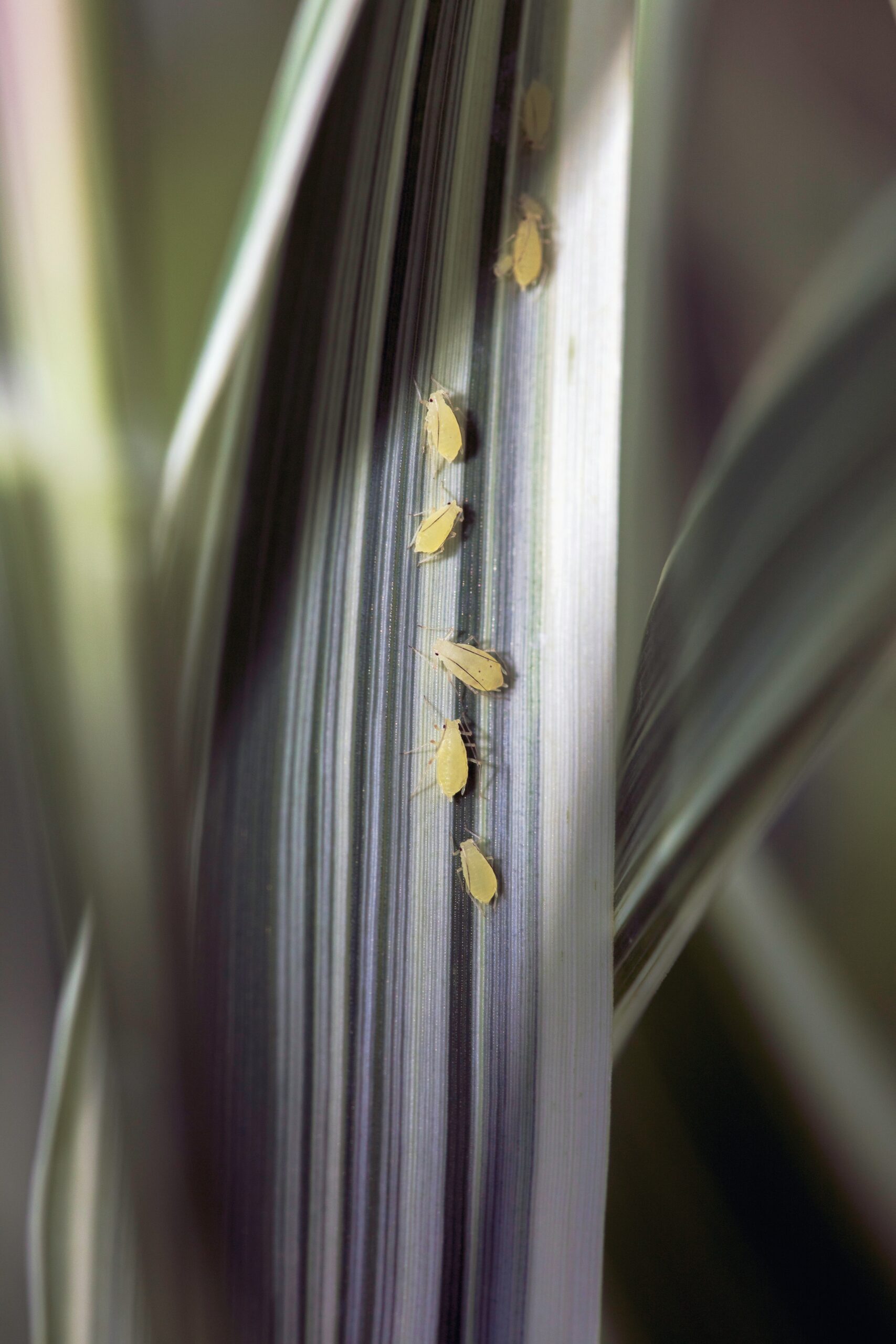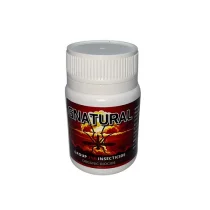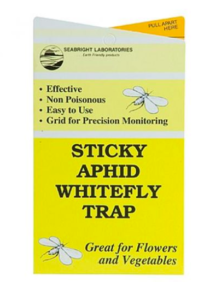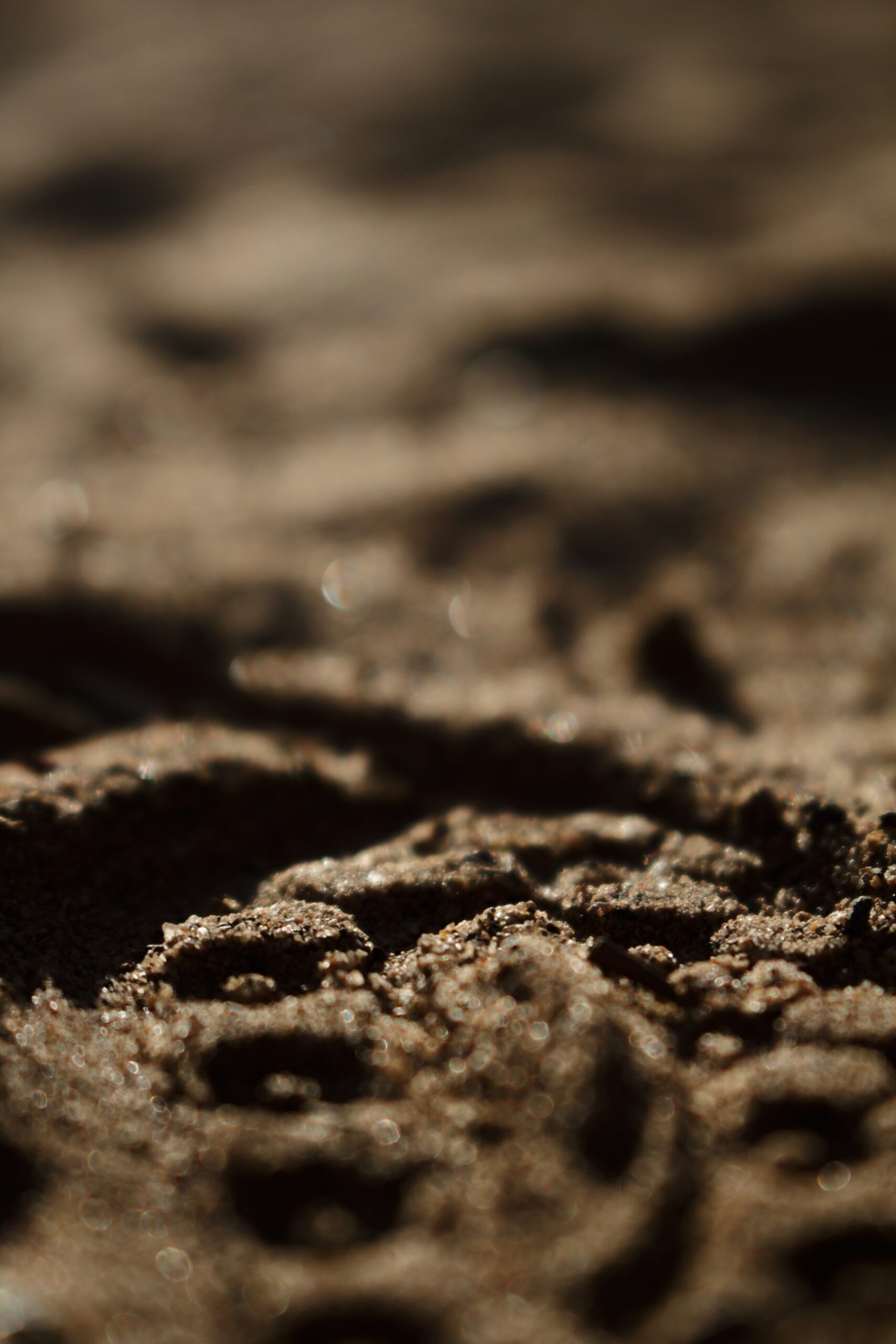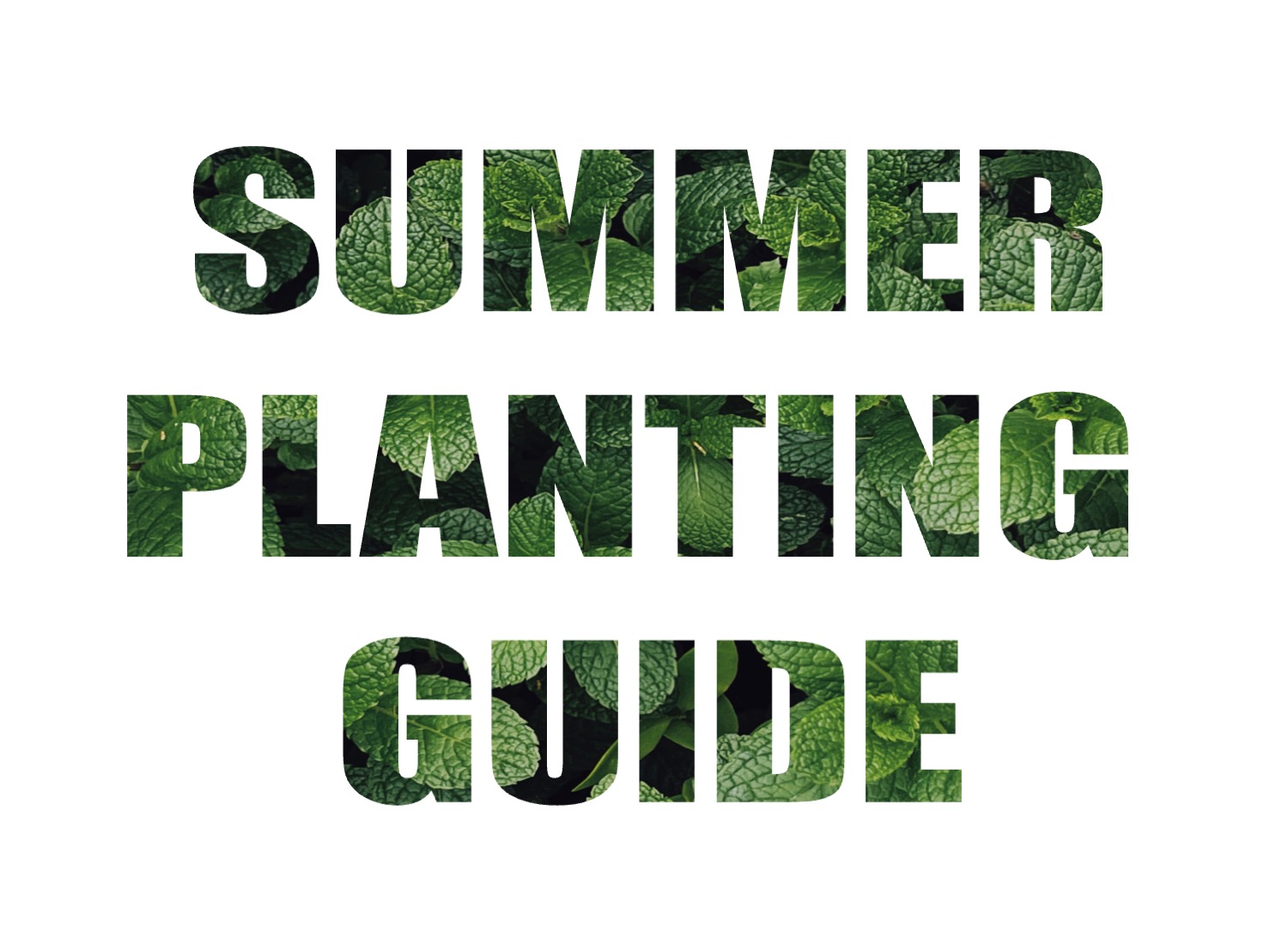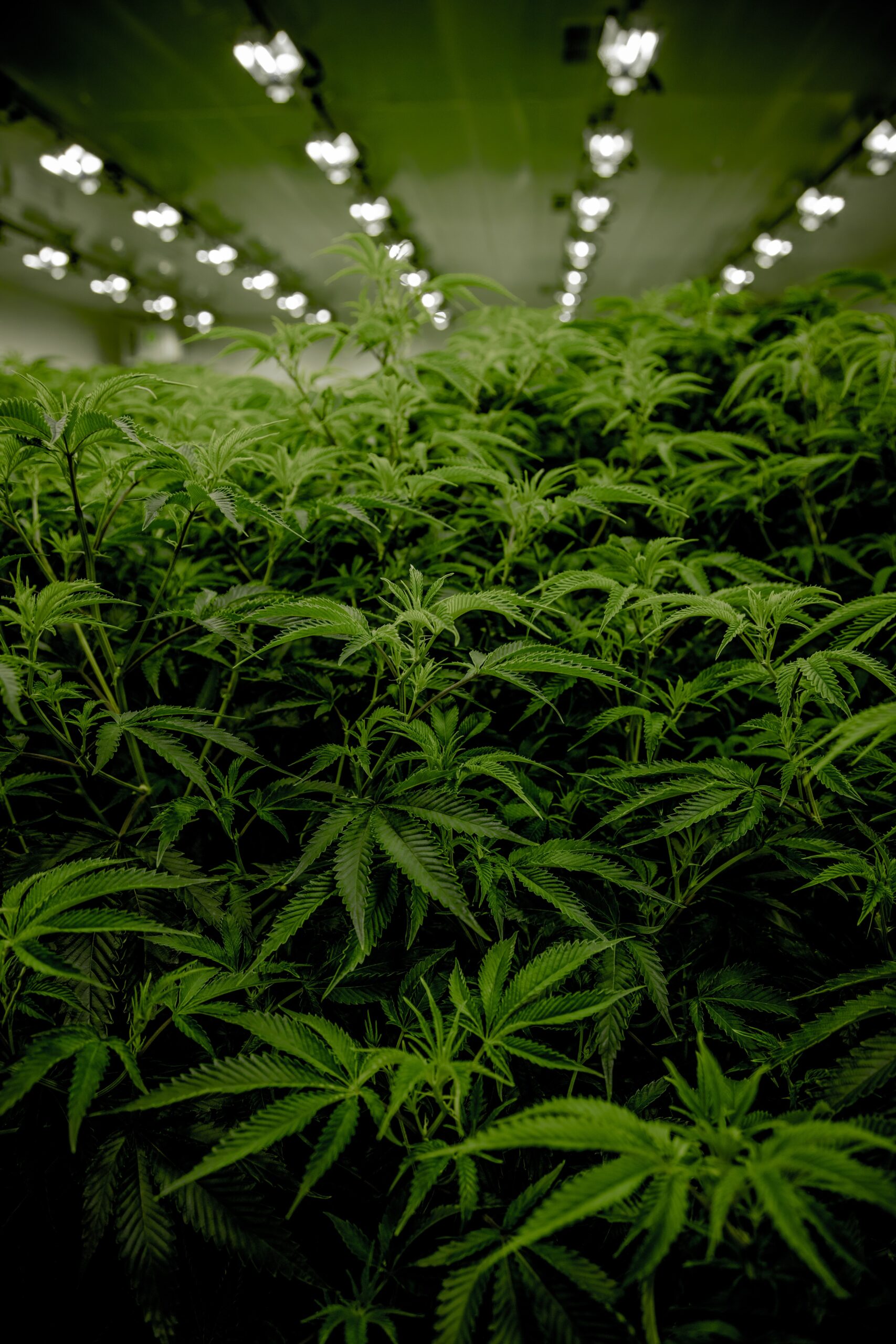Pests can wreak havoc on your beloved plants causing damage, reducing yields, or even killing them if left unchecked. Fear not! Glandore Hydro has got your back with some tips for identifying, preventing, and treating these pesky predators.
Identification
First things first, identifying the pest or disease is crucial to choosing the right treatment. Keep a watchful eye on your plants for signs of pests, such as discolored leaves or small insects crawling on the plants. Early detection and treatment can help prevent infestations from becoming severe and causing damage to the plants.
Common pests
Here are some common pests that you should keep an eye out for:
- Spider Mites: tiny arachnids that feed on the leaves of plants, causing yellowing and speckling of the leaves, and can eventually lead to plant death.
- Thrips: tiny insects that feed on the leaves and flowers of plants, causing silver or bronze discoloration and distortion of leaves.
- Whiteflies: small, flying insects that feed on the underside of leaves and can cause yellowing and stunted growth of plants.
- Aphids: small, soft-bodied insects that suck the sap from plants, causing stunted growth and curled or distorted leaves.
- Fungus Gnats: small, flying insects that lay their eggs in the soil of plants, and their larvae feed on the roots, causing wilting and yellowing of the leaves.
- Mealybugs: small, white insects that feed on the sap of plants, causing yellowing and stunted growth.
- Scale insects: small, hard-shelled insects that suck the sap from plants, causing yellowing and wilting of leaves and stems.
- Leafhoppers: small, flying insects that feed on the sap of plants, causing yellowing and stunted growth.
- Root aphids: small, soft-bodied insects that feed on the roots of plants, causing stunted growth and yellowing of leaves. They are difficult to detect and can cause severe damage to the plants if left untreated.
Prevention
Preventing pests and is always better than treating them. Here are some ways to prevent pests and diseases:
- Start with healthy plants: Ensure that the plants you start with are healthy and free of diseases. Check for any signs of pests before planting.
- Maintain a clean growing environment: Keep the grow space clean, free of debris, and well-ventilated to discourage pests from taking up residence. Clean equipment and tools before and after use to avoid cross-contamination. Regularly sweep and vacuum the floor to remove any plant debris that may attract pests.
- Monitor and control temperature and humidity levels: Some pests, such as spider mites, thrive in hot, dry conditions. Maintain a stable temperature level to discourage pest infestations.
- Use preventive treatments: Consider using preventive treatments such as immune-boosting additives or beneficial microorganisms to enhance the plant’s natural defences against pests. Consider neem oil or insecticidal soaps, to discourage pests from infesting the plants. Many of these treatments are organic and can be applied to the plants without harming them.
- Regularly inspect plants: Regularly inspect plants for any signs of pest infestations, such as discolored leaves or insects on the plant. Early detection and treatment can help prevent the spread of pests.
- Use companion planting: Consider planting companion plants that repel pests or attract beneficial insects. For example, marigolds can repel aphids, while ladybugs can feed on pests such as spider mites.
- Quarantine new plants: If introducing new plants into the grow space, quarantine them for a few days to ensure that they are free of pests before placing them near existing plants.
By implementing these measures, growers can help prevent pests from affecting their plants and maintain healthy, productive crops. It is important to regularly inspect plants and take action promptly if any signs of pests are detected to prevent them from causing damage.
Treatment
Once you’ve identified the pest or disease, you can choose the appropriate treatment. Here are some general treatment options:
- Neem oil or cake: A natural insecticide that can kill spider mites, whiteflies, and other pests
- Insecticides: insecticides that can kill pests without harming the plant
- Beneficial insects: Introducing predatory insects, such as ladybugs or lacewings, can help control pests
- Environmental methods: Removing infected plants and cleaning the grow space can help prevent the spread of disease
It’s important to follow the instructions on the treatment carefully and avoid using chemicals or pesticides that can harm the plant or the environment. Always test a small area before applying treatments to the entire plant.
Treatments for specific pests
- Spider Mites: apply a miticide such as pyrethrin or neem oil to the plants. Improving air circulation and reducing humidity can also help prevent spider mites.
- Aphids: apply insecticidal soap or neem oil to the plants. Ladybugs can also be introduced to the growing area, as they feed on aphids.
- Thrips: apply a pesticide such as spinosad or pyrethrin to the plants. Sticky traps can also be used to catch adult thrips.
- Whiteflies: apply insecticidal soap or neem oil to the plants. Yellow sticky traps can also be used to catch adult whiteflies.
- Fungus Gnats: allow the soil to dry out between waterings and apply a biological control such as Bacillus thuringiensis israelensis (BTI) or Steinernema feltiae nematodes to the soil.


